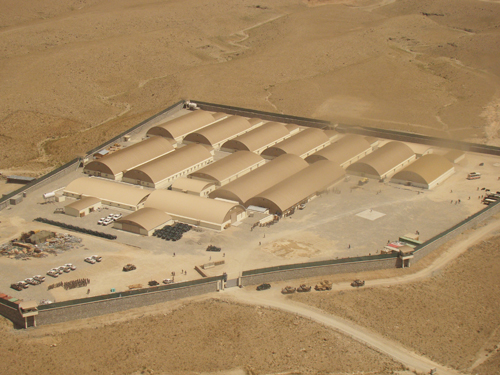
I was in 1902 that a mining engineer by the name of Georges Bia first opened up a sales office in Brussels. It is here that the routes of the BIA Group can be traced back to. Today, 113 years later, BIA exists as a leading international company in the field of machine distribution for the civil engineering and construction industries, with its head offices remaining in Belgium.
DOWNLOAD
 BIA-Africa-Mining-Aug13-Bro-s_0.pdf
BIA-Africa-Mining-Aug13-Bro-s_0.pdf










